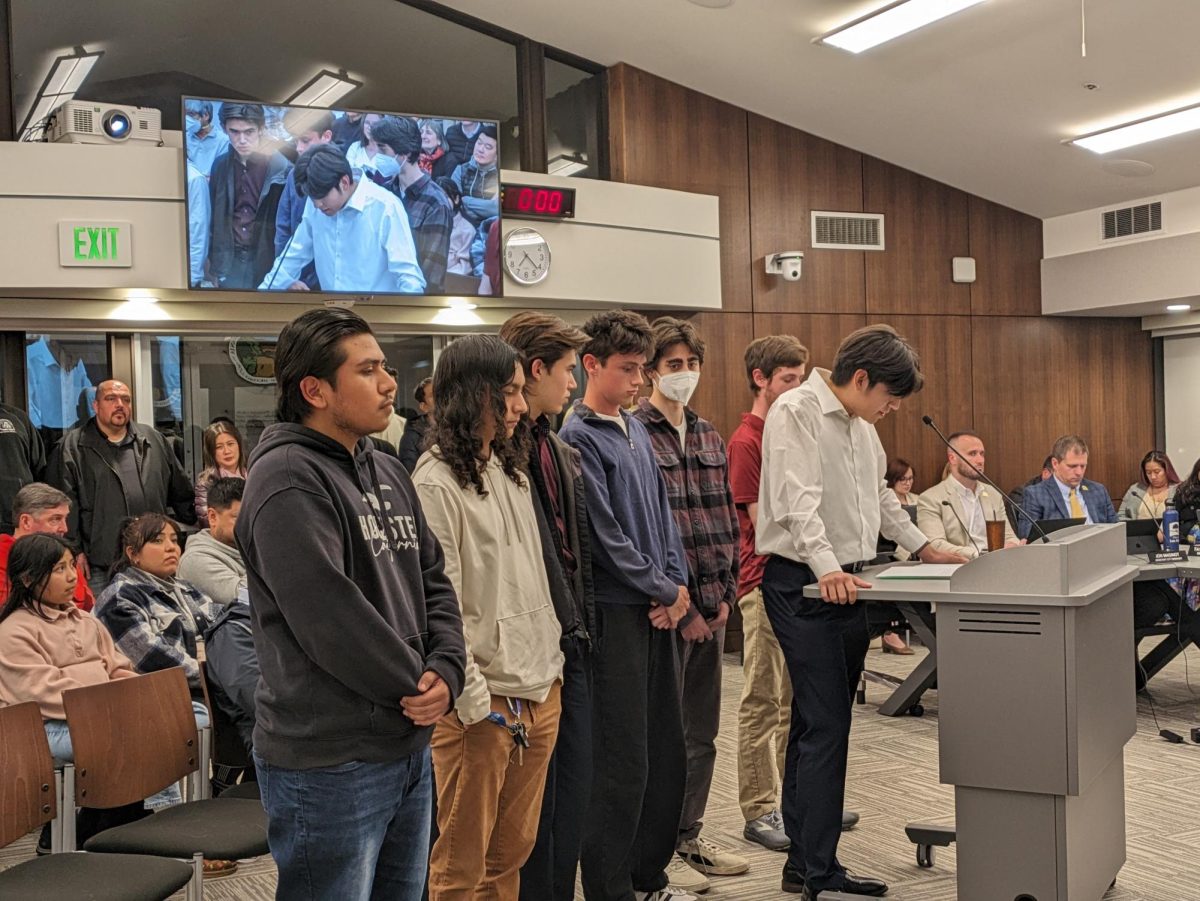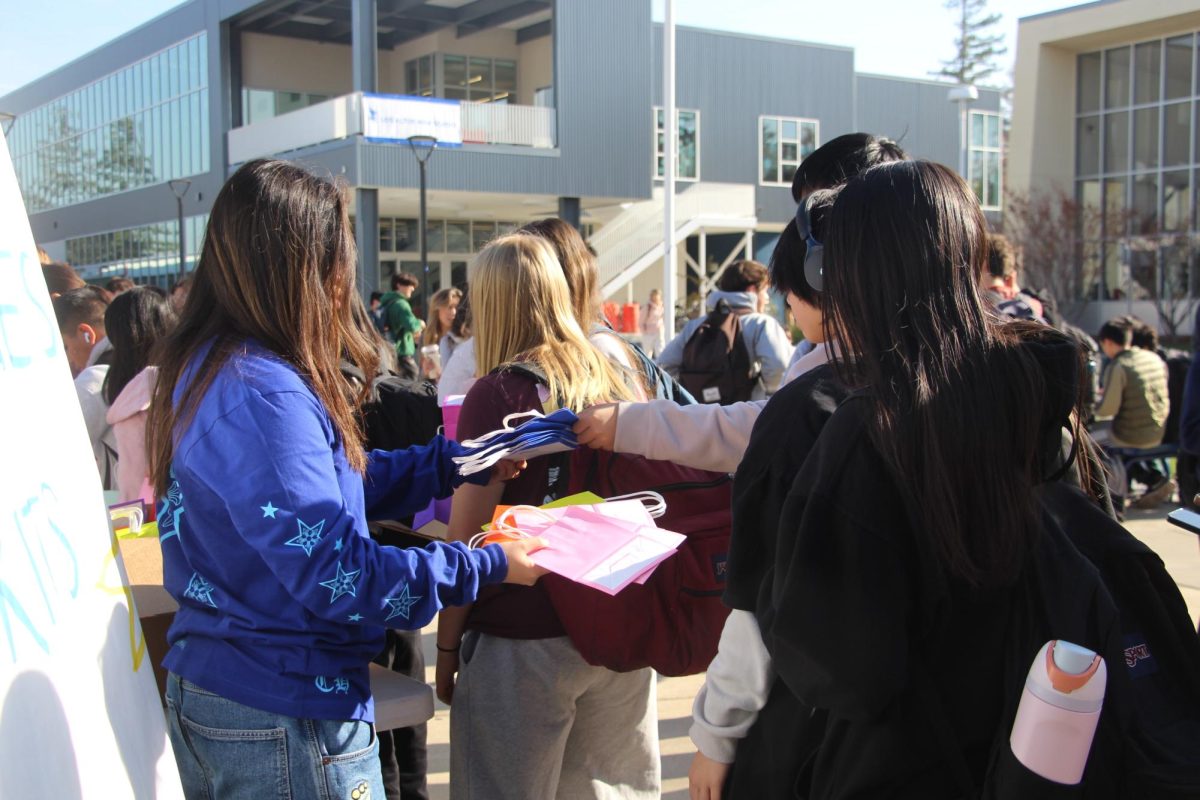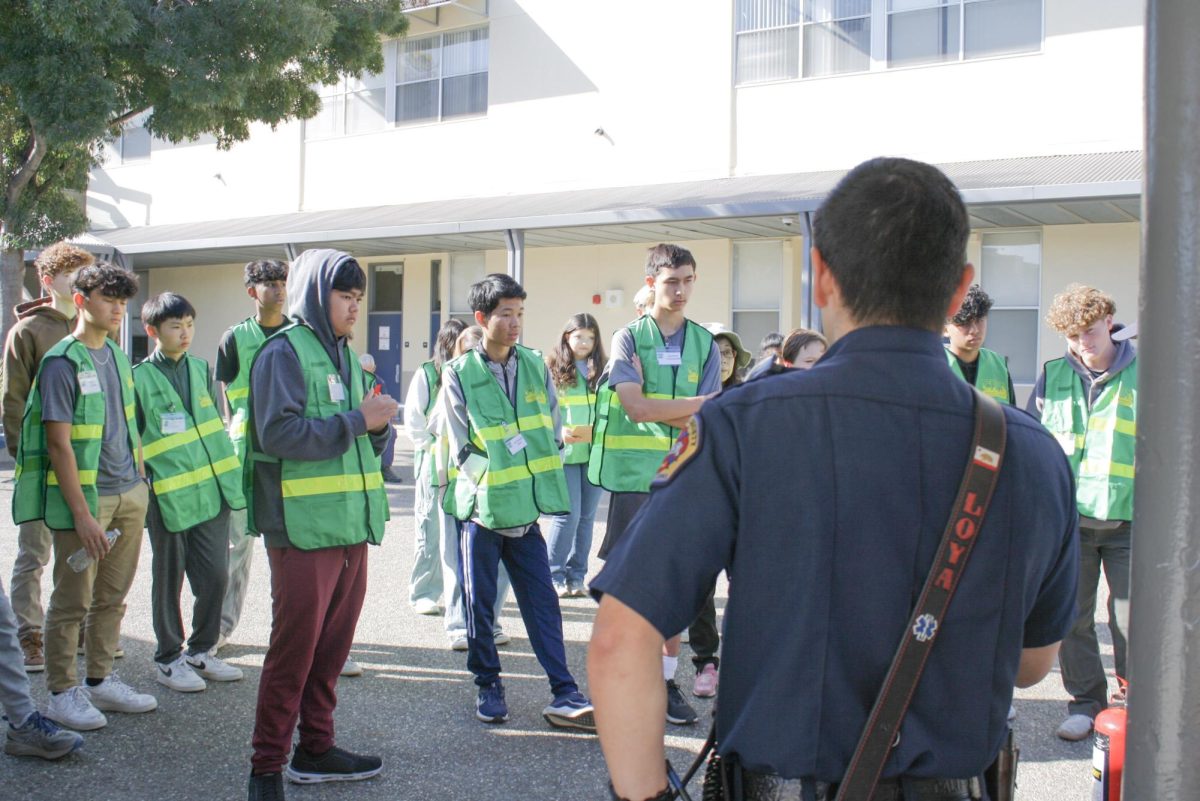The Accrediting Commission for Schools of the Western Association of Schools and Colleges (WASC) will be conducting an accreditation evaluation of the school for the first time in six years. To properly get a sense of the school, a WASC visiting committee consisting of teachers and administrators from different parts of California along with a WASC chair will visit the school from today, March 3, to Wednesday, March 6. The committee will assess the school’s classroom and campus environments by interviewing the staff, students and parents and observing campus life.
“There’s a committee of six people including the chair and they basically come to confirm and gather further evidence that what we wrote in our self study is valid and accurate,” Assistant Principal Galen Rosenberg said. “The process includes spending three days visiting classrooms and meeting with different groups of staff, parents and students. … And based on that, they determine what our accreditation term will be.”
The WASC, which last visited the school during the 2006-2007 school year, evaluates schools based on four basic criteria: organization of student learning, curriculum and instruction, support for student personal and academic growth, and resource management and development.
Under each of these basic criteria are numerous subsections of smaller criteria that the school is evaluated on as well. For example, under “Organization of Student Learning,” criteria include: school purpose, governance, leadership, staff, environment and improvement process. Subsections within “Curriculum and Instruction” assess how and what students learn, as well as how teachers use assessments in their classrooms. The third basic criteria, “Support for Student Personal and Academic Growth,” looks into how students are connected to the system of support services and activities that the school has to offer, and also parental and community involvement in this system of support services. Finally, “Resource Management and Development” contains subsections that gauge how the school uses its resources to sustain the school and how it plans to allocate its resources in the future.
Along with ensuring that the school has met WASC criteria and provided evidence of the quality of its educational program, the accreditation process also gives value to the diplomas that the school issues to graduating seniors every year, as colleges take into consideration the reputation of the school that applicants are from.
“We have to be accredited or [student] diplomas don’t have the certification that they need for you to go to college,” Rosenberg said. “It’s absolutely essential.”
On top of all this, WASC visits give the school’s entire staff the opportunity to self-evaluate and improve the school in a variety of ways by assisting the school in isolating priority areas for improvement. From this process of self-evaluation, a thorough self-study report of the school is made.
“Many schools treat this accreditation process as a bureaucratic necessity that they do periodically to get accreditation,” Rosenberg said. “But for the last 12, maybe even 18 years, we’ve used WASC as an organizing purpose for school improvement. The way we see it, the action plan that’s a part of the accreditation self-study are things that are going to make this school better in six years.”
The school’s six-year action plan has five focuses, each geared towards improving a different aspect of the school. The focuses include improving class alignment and grading policies, building a sense of community among the school’s students, bettering student achievement, establishing a better sense of communal responsibility and accountability and upgrading the school’s technology. Teachers, administrators, staff, students and parents have all worked on the action plan, which the school submitted to the WASC committee.
“We’ve been meeting to prepare the reports and the action plan that will guide us for the next six years that they want, so those are parts of the plan that we will submit to them,” Miyahara said. “For the last year and a half to two years, we’ve been working on those documents.”
Although an integral part of the paperwork submitted to the WASC committee, the action plan was not the only document that the school had to prepare. The paperwork that the school submitted also consisted of summaries of what the school has achieved since WASC’s last visit, focus group reports and data collected from surveys completed by students and parents and self-studies that the school has done to reflect on its development and improvement as a learning institution.
Before its departure on Wednesday, the visiting committee will hold a meeting to share its findings, opinions and recommendations for the school with staff and administration.








